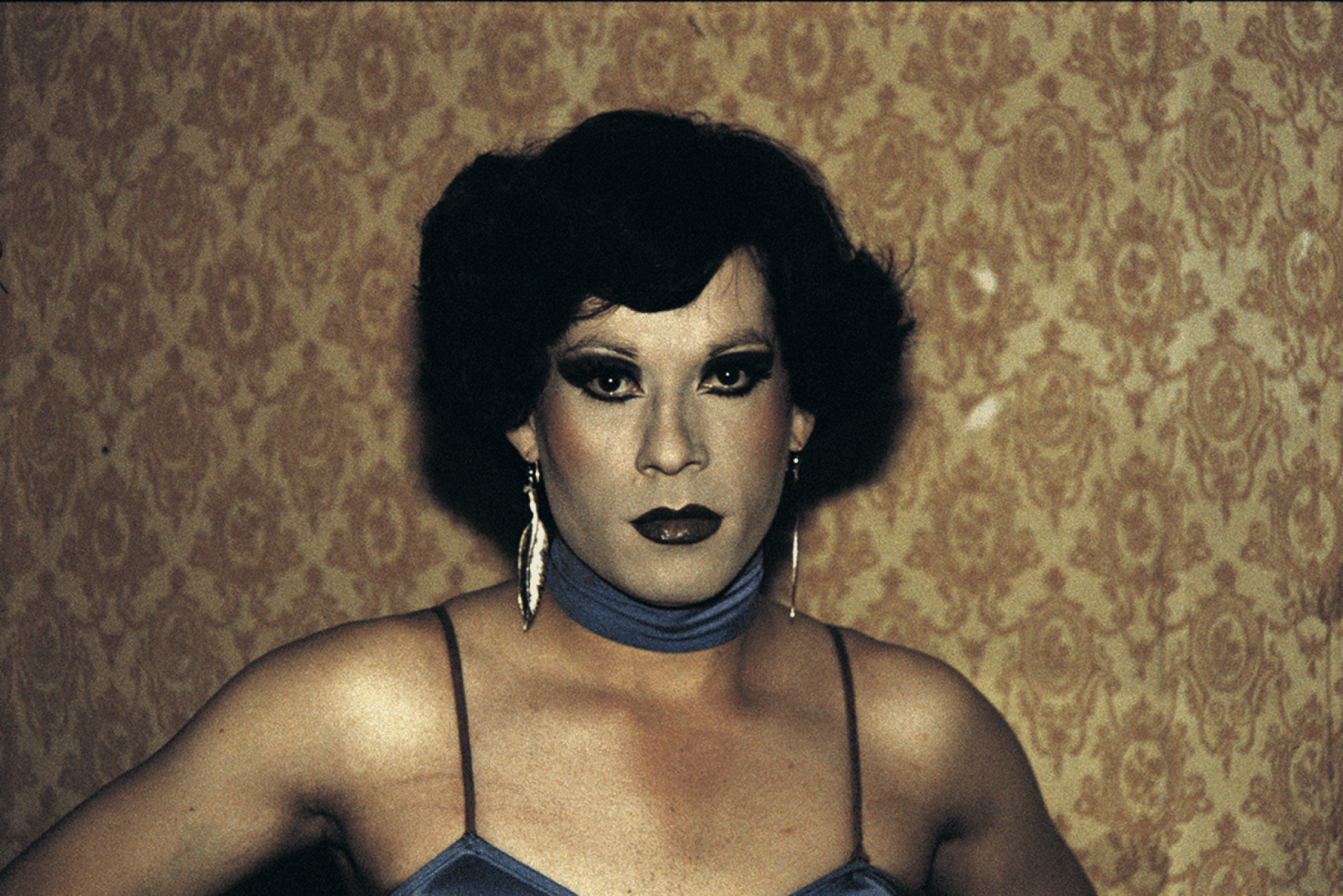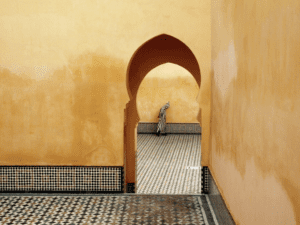On 11 September 1973, military jets bombed the presidential palace in Chile’s capital of Santiago. The attack was part of a coup, headed by army chief Augusto Pinochet. By the end of the day, democratically elected leader Salvador Allende had taken his own life, and power was officially in the hands of Pinochet. He ruled for 17 years, in a ruthless dictatorship that saw thousands of defiant Chileans imprisoned, tortured or killed. It was under these circumstances that one of Latin America’s most important documentary photographers emerged. Paz Errázuriz (b. 1944) used the camera to fearlessly document the lives of women, Indigenous groups and those pushed to the margins of society, including sex workers, trans communities and psychiatric patients. Decades after the fall of the regime, her vast and uncompromising body of work retains a capacity to challenge social norms and political orthodoxies with searing clarity.
Now, MK Gallery presents Paz Errázuriz: Dare to Look, a landmark exhibition featuring more than 170 of the artist’s photographs. Audiences encounter a rarely seen view of Chilean society during a period of immense turmoil. It’s a show that is arguably long overdue. Errázuriz has been exhibited extensively across Latin America and Europe but has never been the subject of a comprehensive UK solo presentation. Anthony Spira, Director of the gallery, says: “We are thrilled to be working with Paz Errázuriz on this survey of her extraordinary career. With its focus on communities whose voices are rarely heard, the artist’s work engages with pressing social circumstances that have never been more resonant than today.”
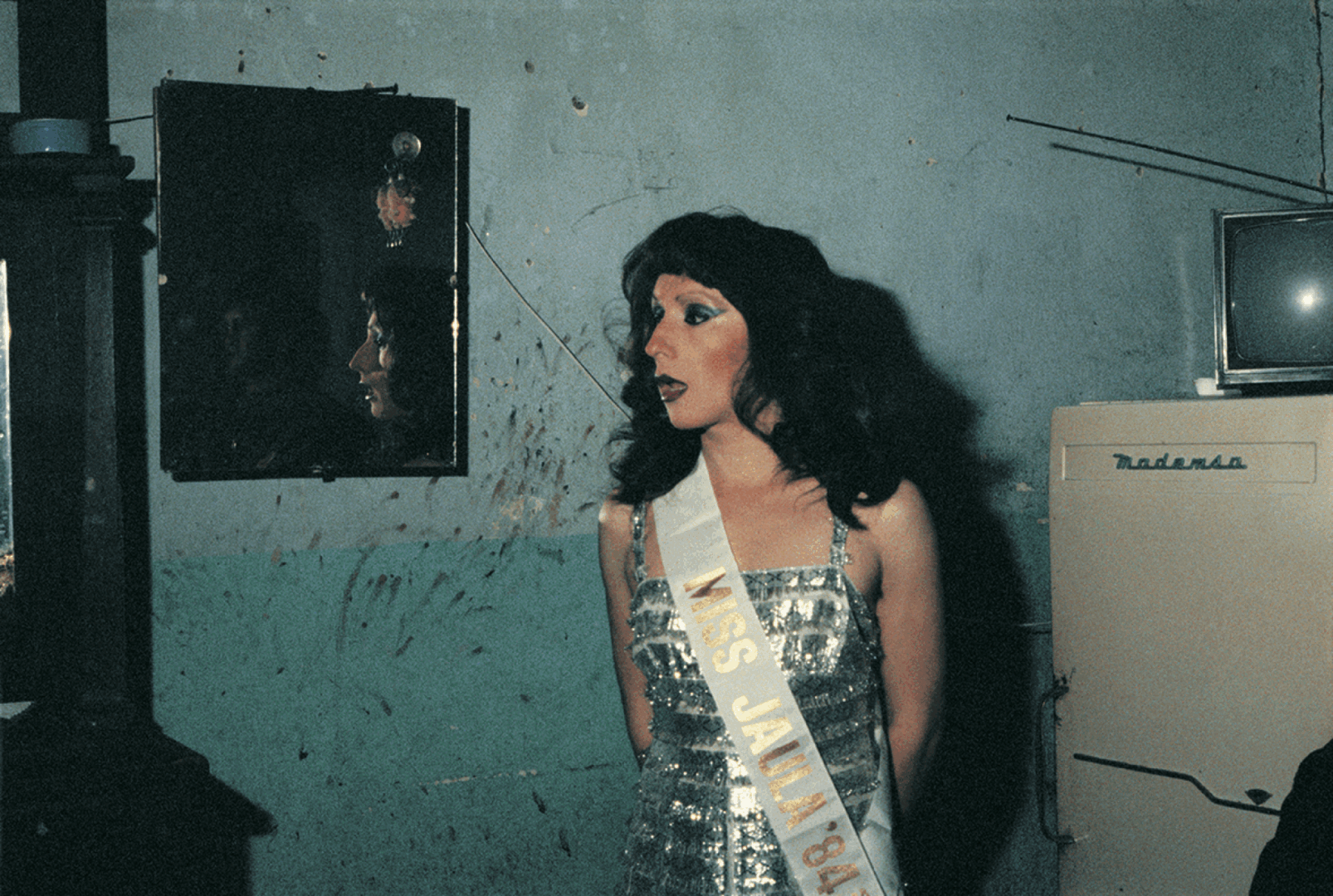
Errázuriz was working as a primary school teacher when Pinochet took power. She’d previously lived in the UK to train at the Cambridge Institute of Education in 1966, returning home to continue her studies at Pontificia Universidad Católica in Santiago. It was an education that paid little mind to the art world, but the sudden political shifts around her prompted a personal recalibration. Errázuriz taught herself to use a camera, intending to document those overlooked, marginalised and persecuted. In a 2019 interview with the BBC, she said: “It was a way…to do a sort of political resistance.” The decision marked a turning point in Errázuriz’s life and these early images became the first in a distinguished, five-decade career. She photographed tirelessly throughout the dictatorship, in direct defiance of censorship laws, making her a frequent target of police searches. In response, she found covert ways of operating: “You can work in metaphors, you can work differently – a way to avoid them. I knew what you had to hide, or how.”
One of Errázuriz’s most famous series is La Manzana de Adán (Adam’s Apple), which she began in 1981. It is also where visitors to MK Gallery start their journey. The images are an intimate portrait of LGBTQIA+ people and sex workers, many of whom came to be the artist’s close friends. Under Pinochet’s rule, the queer community faced brutal persecution and numerous were killed by state-sanctioned violence. Article 365, a law which made gay sexual activity a criminal offence, was not repealed until 1999. Adam’s Apple focuses on three transgender people: Pilar, Evelyn and La Jaula. Errázuriz lived with them for several years, documenting their daily routines as they prepared for a night’s work or simply relaxed and enjoyed one another’s company. There is a reverence to the shots, you can almost feel Errázuriz’s awe at their quiet acts of defiance. She told AnOther: “It was an incredibly dangerous time for them, they were constantly hiding, running away from the police, being jailed. They had to lead a completely secret life. I witnessed it all, and through photography I perpetuated their rebellion.” Tragically, many of the protagonists were subject to torture and beatings, and several later died of AIDs-related illnesses. Errázuriz’s pictures are a testament to their bravery – and their refusal to exist as anything other than their authentic selves.
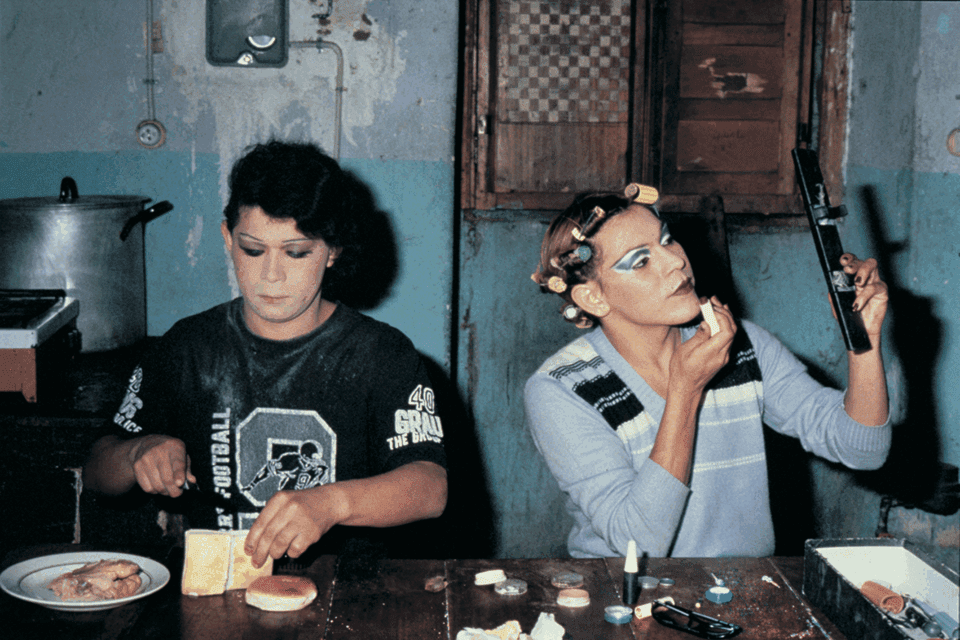
Antesala de un Desnudo (Antechamber of a Nude) is also on display, a collection that is vastly different in subject matter to Adam’s Apple, but equally as haunting. Here, Errázuriz turns attentions to the conditions of psychiatric patients in long-term care. In the series, a group of naked women patiently wait their turn for the showers. The conditions are stark – each room has bare concrete walls and floors, and little in the way of hygiene or comfort. In one shot, simply titled Women VI, several bodies are clustered together, whilst one lady gazes intently into the camera. This piece taps into a wider trend in Errázuriz’s oeuvre: a refusal to shy away from the unpolished authenticity of human existence. Her series Bodies and The Circus follow a similar pattern, in which Errázuriz carves out space for communities and individuals on the fringes of public life.
The artist’s influence extends beyond her own career, as in 1981 she co-founded the Association of Independent Photographers. The organisation offered legal support and helped Chilean artists stage group exhibitions. The network opened lines of communications with the outside world, facilitating the arrival of sanctioned film roll and foreign photojournalists into the country. One such person was renowned Magnum photographer Susan Meiselas, who eventually published the influential book Chile from Within. The publication comprised shots by people, including Errázuriz, working for small magazines and underground newspapers to record the brutality of the Pinochet years. Errázuriz’s immeasurable impact is also reflected with numerous accolades, including the Guggenheim Fellowship in 1986; the Ansel Adams Award by the Instituto Chileno Norteamericano de Cultura in 1995; and a lifetime achievement award from the Chilean Circle of Critics, in 2005. She represented Chile at the Venice Biennale in 2015.
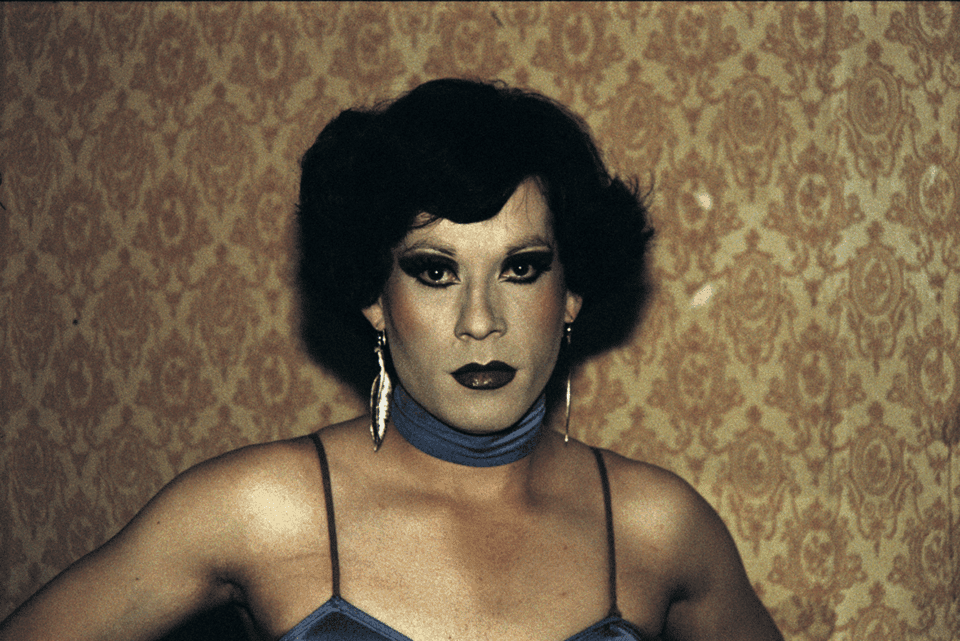
Unlike so many photographers who operate in times of conflict and repression, Errázuriz does not focus on direct bloodshed or violence. Yet, her images cut through to the truth of life under military regimes with a precision few can replicate. Her documentation is an act of humanity in a situation that so often stripped people of their dignity. Viewed today, the images shed light on people, communities and movements that might otherwise be lost to time. Equal parts a demonstration of compassion, and an unflinching look at worst aspects of society, Dare to Look is difficult, but unquestionably essential, viewing.
Paz Errázuriz: Dare to Look is at MK Gallery, Milton Keynes until 5 October: mkgallery.org
Words: Emma Jacob
Image Credits:
1&4. Paz Errázuriz, Evelyn, La Palmera, Santiago/ Evelyn, La Palmera, Santiago from the series Manzana de Adáncolor [Adam’s Apple colour], 1983, Digital inkprint on paper.© Paz Errázuriz. Colecciones Fundación MAPFRE.
2. Paz Errázuriz, Talca from the series Manzana de Adáncolor [Adam’s Applecolour], 1985, Digital ink print on paper.© Paz Errázuriz. Colecciones Fundación MAPFRE.
3. Paz Errázuriz, Talca from the series Manzana de Adáncolor [Adam’s Applecolour], 1984, Digital ink print on paper. © Paz Errázuriz. Colecciones Fundación MAPFRE.


